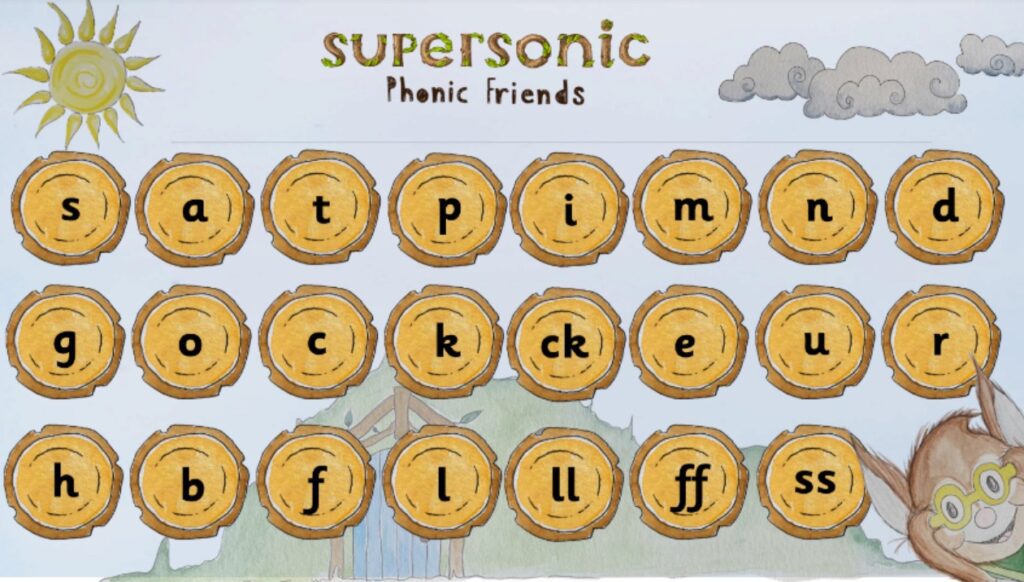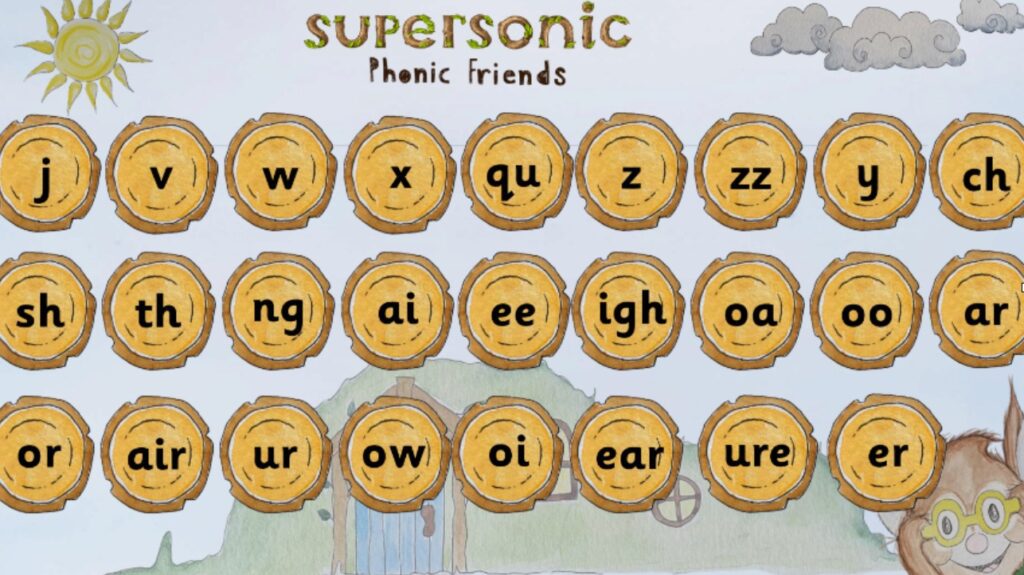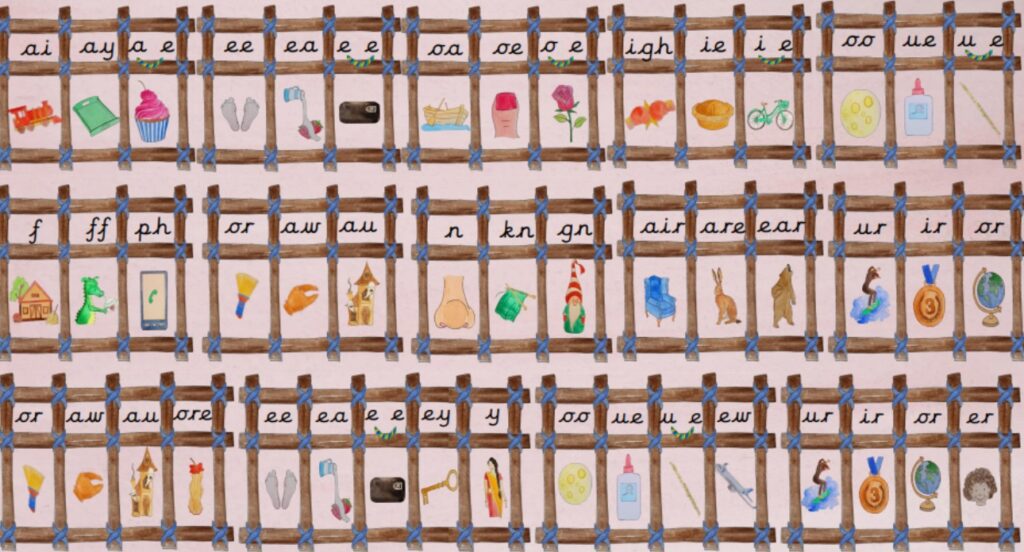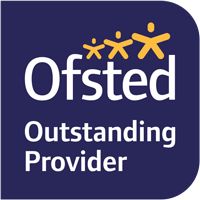Phonics and Early Reading
At Bramley Park Academy, we recognise that the ability to read independently is one of the most important skills that we can teach our children from the very earliest age. It allows access to all other areas of the curriculum and is a vital life skill. The most effective way of teaching young children to read is through a systematic, synthetic phonics programme. Therefore, in order for our children to read any kind of text fluently and confidently, and to read for enjoyment, the systematic teaching of reading through phonics is vital.
We believe that phonics is also important in teaching children to spell. Our reading and spelling is interlinked and then made explicit in our Literacy lessons to ensure children are using their reading to support their writing. In order to provide a consistent approach of segmenting (writing) and blending (reading). .
At Bramley Park Academy, we want our children to become confident and fluent in spelling decodable words and high frequency words appropriate to their age. We also want our children to use ambitious vocabulary in their writing and not let spelling be a barrier to this.
Supersonic Phonic Friends
To support the planning and delivery of phonics in school, we use Supersonic Phonic Friends to provide rigorous, well-planned, consistent daily engaging phonics lessons. Supported by their Supersonic Phonic friends, this approach will ensure children develop confidence and apply each skill to their own reading and writing. This programme is a fully systematic, synthetic phonic approach ranging from the simple to the complex spellings of the alphabetic code.
The benefits of this approach include:
– Active engagement at all times ensuring every session is maximised, making every minute count. Fun and physical indoor and outdoors and so much more…
– Supersonic Phonic Friends fully meets the DFE’s 16 Essential Core Criteria. It ensures commitment, consistent, creative quality first teaching of phonics across all key stages.
– Injecting new life into phonics. Exciting, engaging and brain friendly phonics made simple and easy for teachers and children.
-Supersonic Phonic Friends has parent workshops, activities and weekly parent newsletters for all the phases to support and carry on learning at home learning.

Please visit the website for more information and to meet the characters!
https://www.supersonicphonicfriends.co.uk/
How we teach phonics
In phonics, we teach children that the letters of the alphabet represent a different sound, that these can be used in a variety of combinations and are put together to make words. The children learn to recognise all of the different sounds and combinations that they might see when they are reading or writing.
Our phonics teaching starts in Nursery and follows a very specific sequence that allows our children to build on their previous phonic knowledge and master specific phonic strategies as they move through school. The focus is on listening and identifying the different sounds we hear in our environment and in songs, stories and rhymes. Once children can hear and differentiate between sounds they are ready to begin exploring how words are made up of sounds and start playing games like I spy.
The Nursery phonics’ curriculum is split up into 7 aspects.

During the Reception year children are introduced to phonemes and their corresponding graphemes. We begin to look at single letter sounds and the representing spelling for this. Children then begin to read and write three letter words; matching the grapheme to the sound they can hear.
As they become confident and fluent readers and writers of CVC words children are then introduced to digraphs; where two letters make one sound. Throughout the whole of the reception year our phonic teaching relies on the firm foundations of orally blending and segmenting and is deep rooted in rhythm and rhyme. By the end of EYFS children should be fluent with all 44 sounds; including one way to represent them.
 |
 |
In Year 1 children develop their ability to hear and remember more than three sounds in a row and explore adjacent consonants to read CVCC and CCVC words such as ‘drink, coast and think’. They also become fluent at recognising and appling alternative sounds for the 44 graphemes they learnt in Reception and are introduced to alternative ways to make each of the digraphs they have previously learnt. Through the use of the characters Switch it Mitch and Choose to Use Suze they recognise spelling patterns and rules to identify which spelling they need to represent the sound. By the end of Year 1 children will have had access to over 100 spellings to make the 44 sounds.
 |
 |
Children are also introduced to Nonsense Nan who will guide them through how to read alien and real words in preparation for the Year 1 Phonic Screening Check at the end of their time in Year 1. Children are also introduced to more tricky and high frequency words.
From Year 2, we continue to explore grapheme phoneme correspondence and learn spelling rules to support our reading and writing development. Supersonic Phonic Friends allows us access to a tailored programme of spelling rules for both children in Year 1 and Year 2.
All lessons are delivered using a consistent set of slides provided by the phonic scheme. Lessons last 30 minutes and follow the structure of:
Review and revisit
During this part of the session, children recap on the sounds previously taught. This will consist of a fun activity or game to focus on sounds the children have recently been taught or to look at tricky words.
Teach
This is the part of the lesson where new learning takes place. Children will be introduced to a new sound and taught how to orally blend and segment words containing that sound. They will be shown the grapheme to represent the sound.
Practice
During this section children are given the opportunity to read and write words containing the new sound as well as orally spell and blend words with their phonic buddy. They will use a range of resources to embed their new learning; ensuring there is an equal balance of reading and writing.
Apply
In every lesson children will be given an application task where they are expected to read and write new words and sounds within a caption or a sentence. This allows children to see their new learning in a context and to further embed their vocabulary and fluency. They will also apply tricky words and high-frequency words to their reading or writing.
Within this structure all children become familiar with the characters and know the roles of their jobs. Children are given an equal balance of reading and writing phonic activities to ensure there is equal weighting to their application of skills.
Reading Scheme
As a school we have a range of texts to support children and their reading development and these are categorised by the sounds they contain.
All reading books are matched to the sounds children have covered in school to ensure we maximise their ability to apply their new knowledge and these books are read both within school and then sent home for children to further embed the skills.
Assessment
Supersonic Phonic Friends is a programme rooted in the belief that “wrapping the children in lessons full rhyme will allow children to achieve every time,” and that the careful and rigorous assessment will allow children at risk of falling behind to be pinpointed quickly and teachers can intervene effectively.

Assessment takes the form of half termly whole class trackers to allow staff to easily identify children who are on track, above or if they require extra support to ‘keep up’ in their phonics and the application of their reading and writing.
Year group trackers allow staff to track individual children’s progress across the phases and identify the lowest 20% in the cohorts to ensure precise gaps can be identified and staff can plan accordingly based on individual needs. This will form the basis for pupil progress meetings on a half termly basis.
Children are assessed via:
- Weekly planning ‘ I can statements’ (listen, recognise, build, read, write).
- Daily evaluation (AFL) to identify children who require pre teach and post teach sessions
- Tracking progress in individual lessons
- Through play in provision
- 1-1 reading decodable texts
- Home school reading texts
- Guided writing sessions
- Writing opportunities in the learning environment.
Children in Year 1 will also be given half termly phonic screening assessment to track their progress towards the Phonic Screening Check.
Supporting the Lowest 20%
Any children who are identified as needing support are given small class group interventions to enable them to not fall behind others in the class. Pre-teaching and post teaching activities are provided to give the children the best possible chance at keeping up with their group’s lesson. Intervention sessions will be administered within small groups where children will have access to the same lesson delivered with an emphasis on orally blending and segmenting and rehearsal of these skills. They will then use the Super Six tasks to apply these skills to reading and writing activities.
Children who do not meet the expected standard in the Year 1 phonic screening test will be given extra phonic sessions in Year 2 to support their development and will retake the screening at the end of the academic year. Children who move through school who have missed out on passing the PSC will be monitored by their class teacher and phonic interventions will continue to take place. These children will become daily readers and will be tracked during pupil progress meetings as they move through Key Stage 2. Gaps in their learning will be assessed right from The Firm Foundations to allow for early skills to be secure and built upon. These children are also boostered using both the phonic planning from Supersonic Phonic Friends and the spelling programmes with a strong focus on blending and segmenting.
Progression in Phonics
Supersonic Phonic Friends Progression Document
Lesson Examples
Supersonic Phonic Friends Lesson Example

